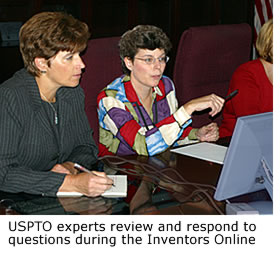Free Intellectual Property Training Seminar
Intellectual Property Seminar
Your Facility, Anywhere
8:30 Continental Breakfast
9:00 Introductions
Jane Doe, IP Coordinator, Subsidiary Company, Atlanta, Georgia
9:15 Establishing a Successful Intellectual Property Program
John Doe, I/P Counsel, Parent Company, New York, New York
--BREAK –
10:00 Intellectual Property Fundamentals
Bill Heinze, Thomas, Kayden, Horstemeyer & Risley, Atlanta, Georgia
--BREAK –
10:45 Patent Basics
Bill Heinze, Thomas, Kayden, Horstemeyer & Risley, Atlanta, Georgia
11:30 Lunch
11:45 Patent Skills and Resources
Bill Heinze, Thomas, Kayden, Horstemeyer & Risley, Atlanta, Georgia
-- BREAK --
1:00 Trademarks Basics
Bill Heinze, Thomas, Kayden, Horstemeyer & Risley, Atlanta, Georgia
-- BREAK --
2:00 Trademark Skills and Resources
Bill Heinze, Thomas, Kayden, Horstemeyer & Risley, Atlanta, Georgia
2:30 Open Forum for Questions, Answers, and/or Review
(Otherwise, Validity and Enforcement Options for Intellectual Property)3:00 Copyright Basics (Time Permitting)
Bill Heinze, Thomas, Kayden, Horstemeyer & Risley, Atlanta, Georgia




















